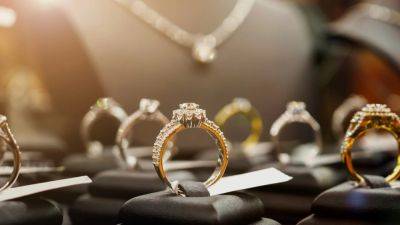Ecologists hope to build Singapore’s first man-made oyster reef
They pour seawater into the boxes of shells, which are then cleaned and left to dry under the sun to kill any bacteria, ensuring no risk of biohazards or pollution.
Once the “quarantine period” is over, the oyster shells are placed in reef bags made of biodegradable potato starch.
Suited up in rash guards and snorkelling gear, Yokoyama and her team swim a short distance in the sea to secure the reef bags on a jetty’s concrete pillars.
By reintroducing the oyster shells back into Singapore’s waters, they hope that baby oyster larvae will settle on the shells in the reef bags. Over time, the aim is for the oysters to form a hard oyster reef structure. The shells should provide crevices to shelter other marine organisms such as fish, molluscs and crustaceans.
Oyster reefs are among the most severely degraded marine habitats on the planet, reports by The Nature Conservancy show, mainly due to overharvesting, poor fishing practices and coastal developments.
But scientists say artificial oyster reefs have far-reaching potential. They help boost the local marine biodiversity and lower pollution in waters via the oysters’ natural filtering abilities.
They also provide food for other organisms, such as fish, crabs and birds, protect shores from erosion and encourage the growth of other marine ecosystems such as sea grasses.
The idea first came about when Yokoyama’s manager was mulling ways to reduce food waste while working with hospitality partners. Yokoyama is an ecologist at Witteveen+Bos, a leading Dutch engineering consultancy.
Singapore has naturally occurring oyster populations, which can survive in intertidal zones. These hardy rock oyster species are resilient to stresses and changing environments in and out of the water.
Yokoyam







